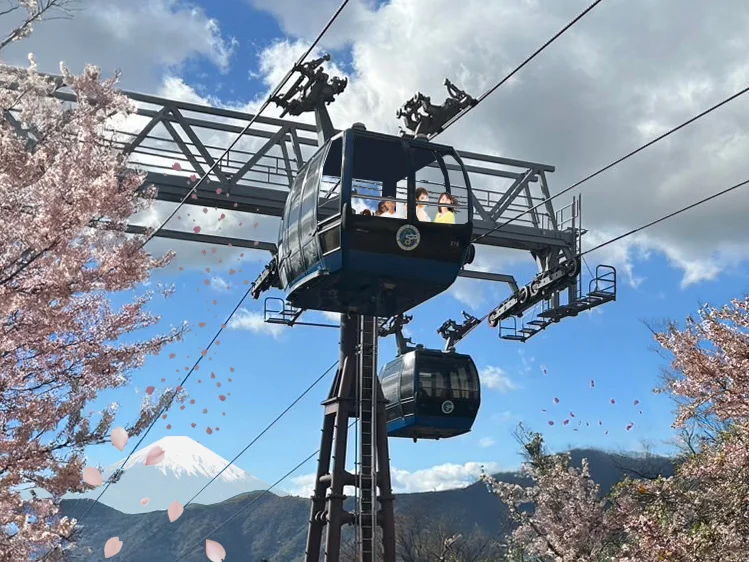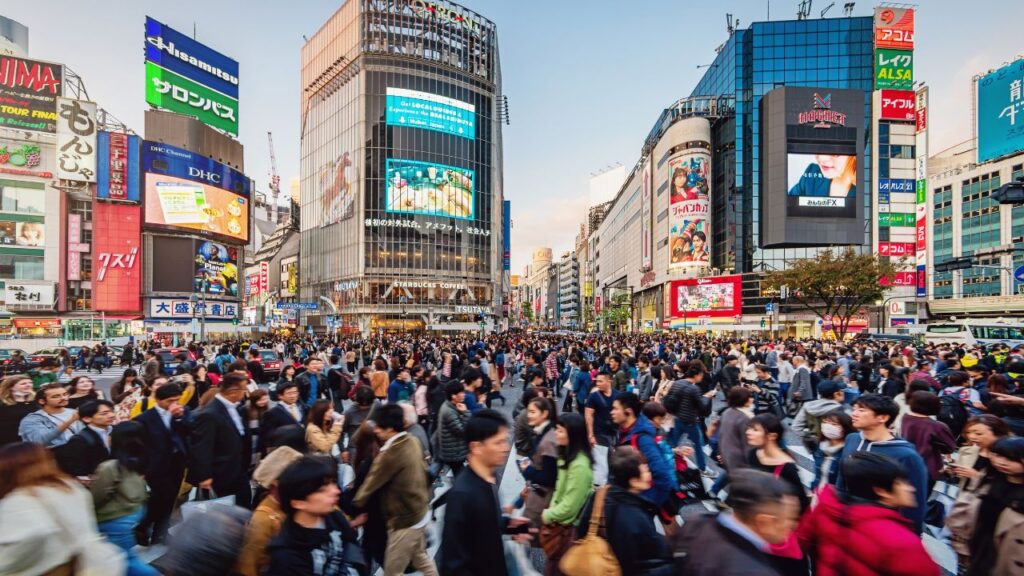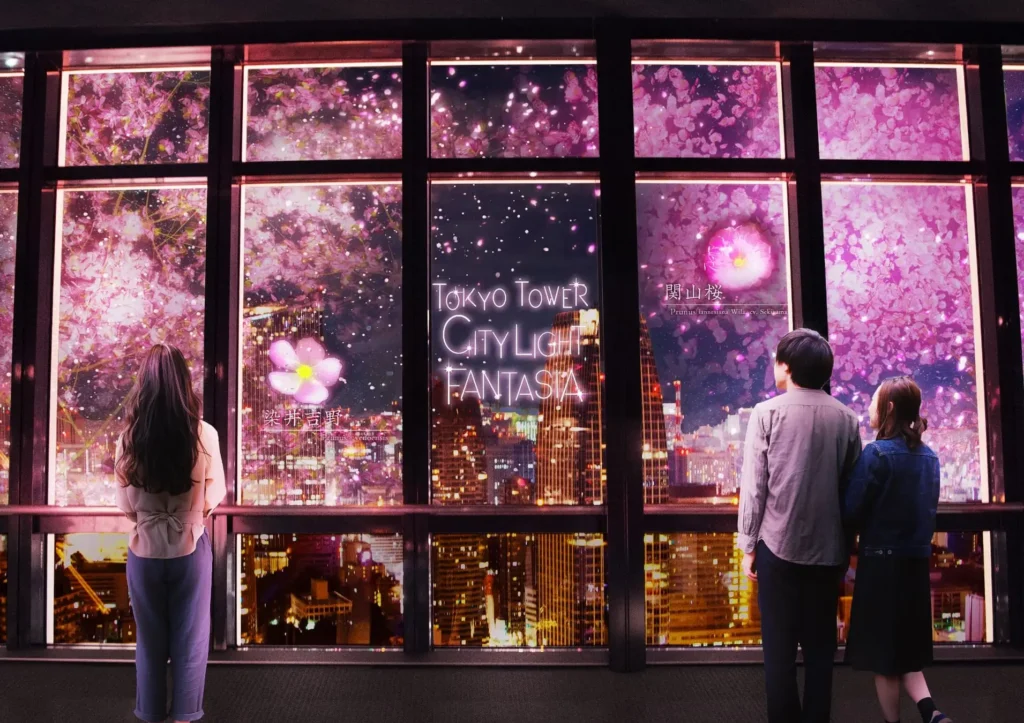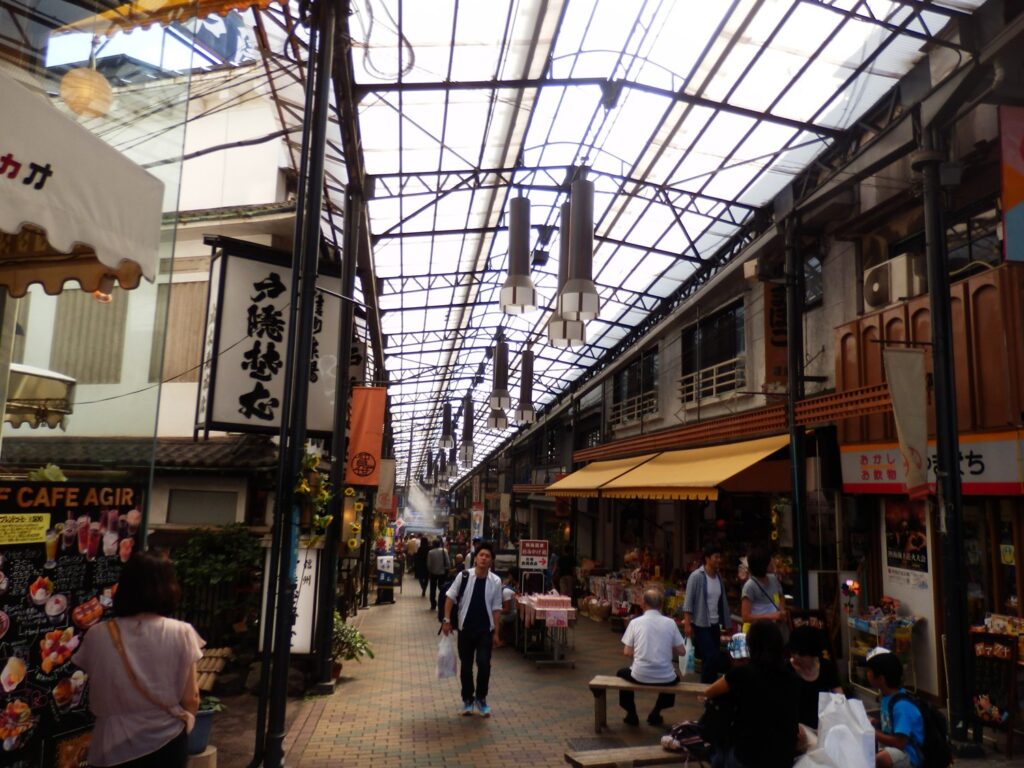Japanese onsen towns implement ban on foreigner day-trips as they struggle with low water levels
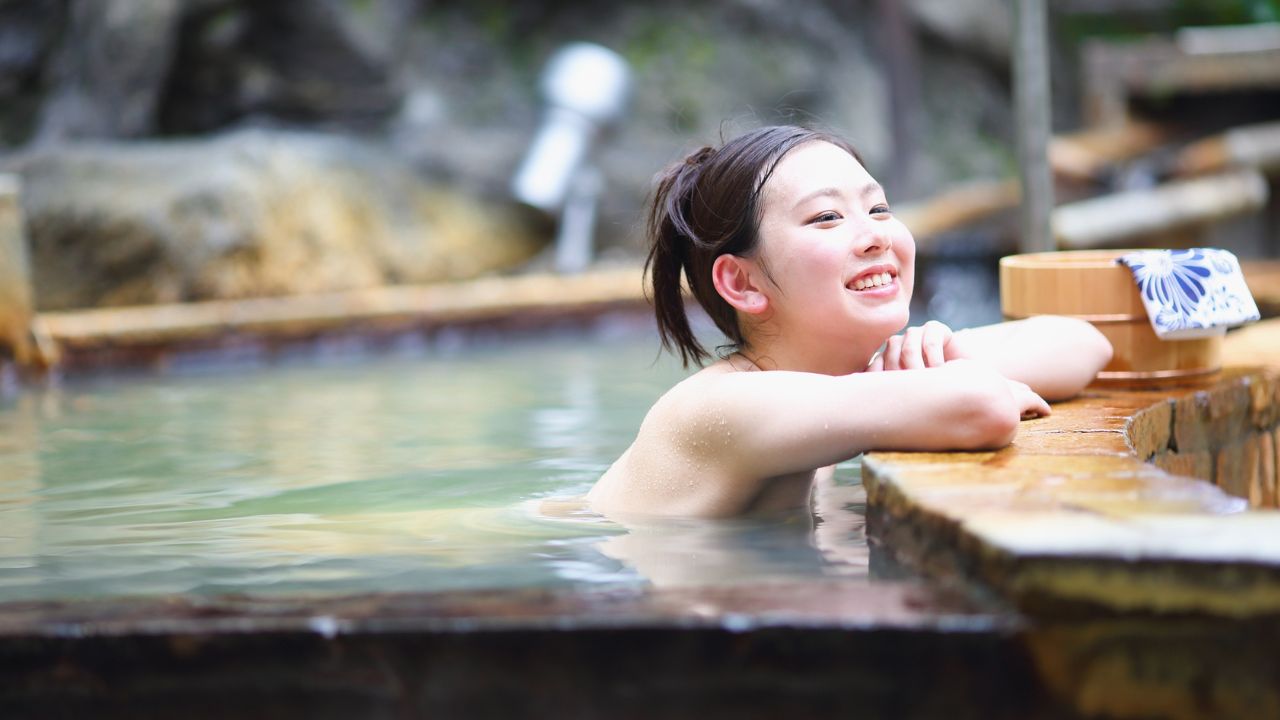
Japanese hot spring resorts are struggling with a decrease in the supply of water to their baths, with some set to ban foreign visitors who aren’t staying overnight from accessing facilities to try and alleviate the issue.
Onsens across Japan are seeing less hot spring water available than in previous years.
The problem seems to have been exacerbated by the surge in tourism following the COVID-19 pandemic and a notable increase in the popularity of single-person hot spring facilities, particularly among international visitors.
This issue is prompting local governments and hot spring operators across the country to implement measures aimed at conserving water resources, including restrictions on day-trippers and adjustments to operating hours.

The hot spring water shortage has become extremely severe in Ureshino Onsen, one of the main onsen towns in Saga Prefecture on the southern Japanese island of Kyushu.
Data indicates a significant decline in the average water depth of the Ureshino Onsen hot spring source, falling from 50 meters in 2020 to just 39.6 meters last year, representing a 20% decrease over a four-year period.
Similarly concerning reports have emerged from Niseko Onsen located on the northern island of Hokkaido, where the water depth has reportedly decreased by approximately 15 meters since 2021.

In response to these alarming trends, local authorities in various hot spring regions are expanding restrictions on day-trip bathing, prioritizing overnight guests to conserve water.
Additionally, some hot spring areas have suspended late-night operations, typically from midnight to 5:00 AM, and are reportedly implementing seasonal bans on non-staying foreign tourists from using their bathing facilities.
These measures reflect the urgency with which some local communities are addressing the dwindling hot spring water supply.

The underlying causes of this depletion are various, with over-tourism being identified as a significant contributing factor.
Following the subsiding of the COVID-19 pandemic and a weakening of the Japanese yen, Japan has witnessed a dramatic resurgence in international tourism, making hot spring trips particularly attractive and leading to a sharp increase in overall water usage.
The Japan Tourism Agency reported a record high of 36.8 million foreign tourists visiting Japan in 2024, placing considerable strain on resources in popular destinations.
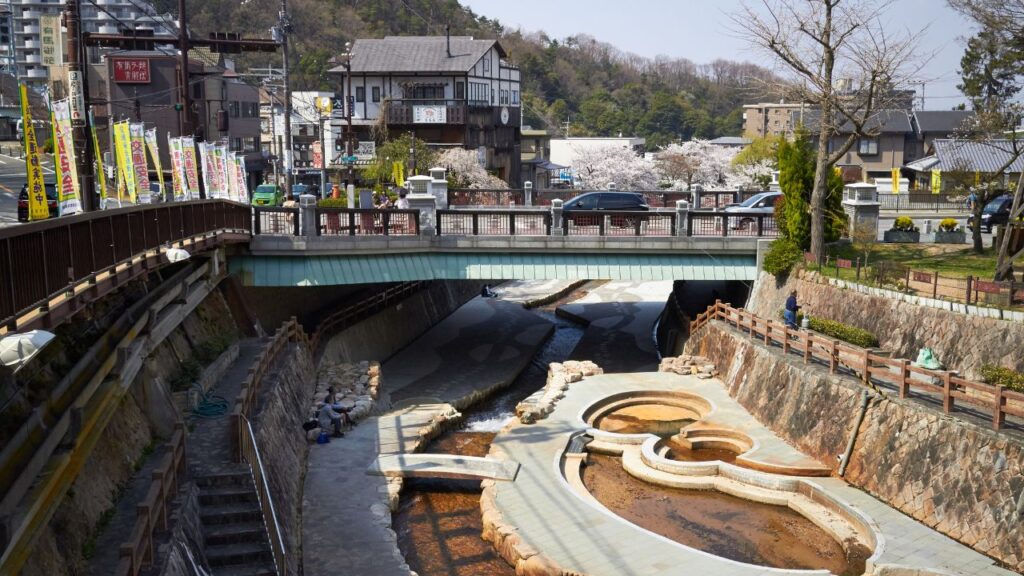
Adding to the pressure on hot spring resources is the rapid proliferation of “solo hot springs” or private hot spring baths, often located within hotel rooms.
Western tourists, in particular, show a preference for these private bathing options, often eschewing the traditional Japanese custom of communal public baths where bathers use a shared space.
This preference has led Japanese hotels to increasingly invest in creating more single-person hot spring facilities within their guest rooms.

While the admission fee for public baths is relatively low (around $3), the cost of a private hot spring in a hotel room can be significantly higher, potentially reaching hundreds of dollars per guest.
This can results in significantly more income per guest but with a substantial increase in water consumption per person.
There are also infrastructural issues, such as aging and poorly maintained water pipes in many hot spring areas, which are exacerbating the problem by contributing to significant water wastage through leaks and inefficiencies.

The Central Hot Spring Research Institute, a body that studies Japanese hot springs and resorts, has highlighted a lack of proper water management in numerous hot spring regions which leads to considerable amounts of hot spring water being lost.
The institute has believes there is an urgent need for infrastructure development and upgrades to take place in hot spring areas across Japan to help mitigate this wastage.
In an effort to manage the impacts of over-tourism more broadly, the Japanese government has already implemented an international tourist tax of 1,000 yen.

Additionally, there are on-going discussions within the government about increase this tax to 5,000 yen.
Local governments are also increasingly turning to accommodation taxes specifically targeting foreign visitors.
Kyoto recently changed their local rules and now allow taxes of up to 10,000 yen per night.
In 2023, only nine local governments in Japan had introduced accommodation taxes, typically ranging from 3,000 to 5,000 yen per stay.
However, this number has risen to 14 this year, and a further 43 local governments are reportedly considering the implementation of similar taxes.
A small number of cities such as Atami have also introduced visitor taxes that do not differentiate between local and foreign tourists.

These fiscal measures aim to generate revenue that can be reinvested in local infrastructure and tourism management, potentially including improvements to hot spring water management systems.
The measures being implemented, while necessary for water conservation, may impact the traditional hot spring experience for both domestic and international visitors.
The long-term viability of Japans onsens and hot spring resorts will likely depend on a coordinated effort involving government regulations, introducing improved practices with regards to water management, infrastructure upgrades, and potentially, a shift in tourist preferences towards more sustainable bathing habits.
Source: JoonAng Ilbo



